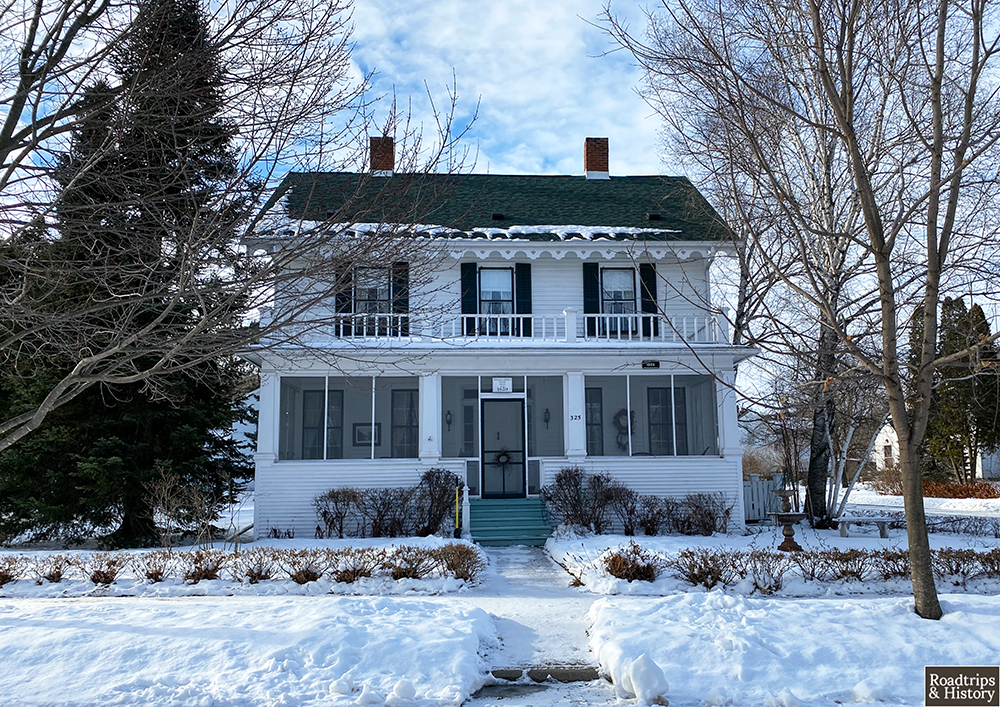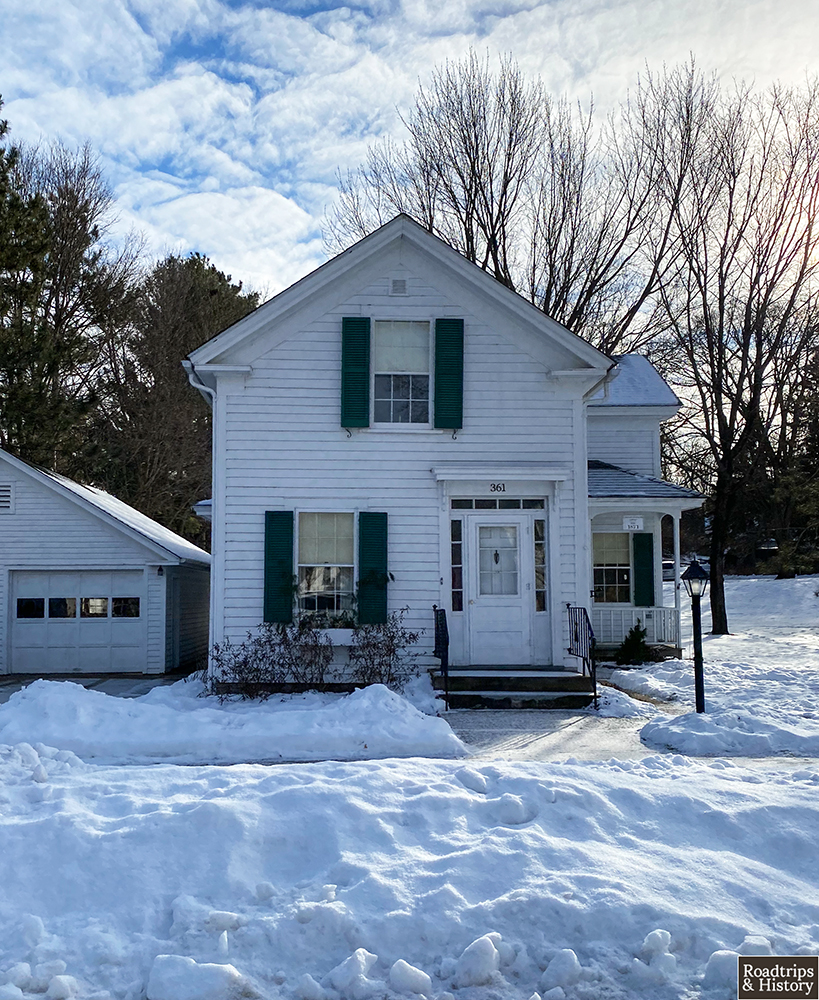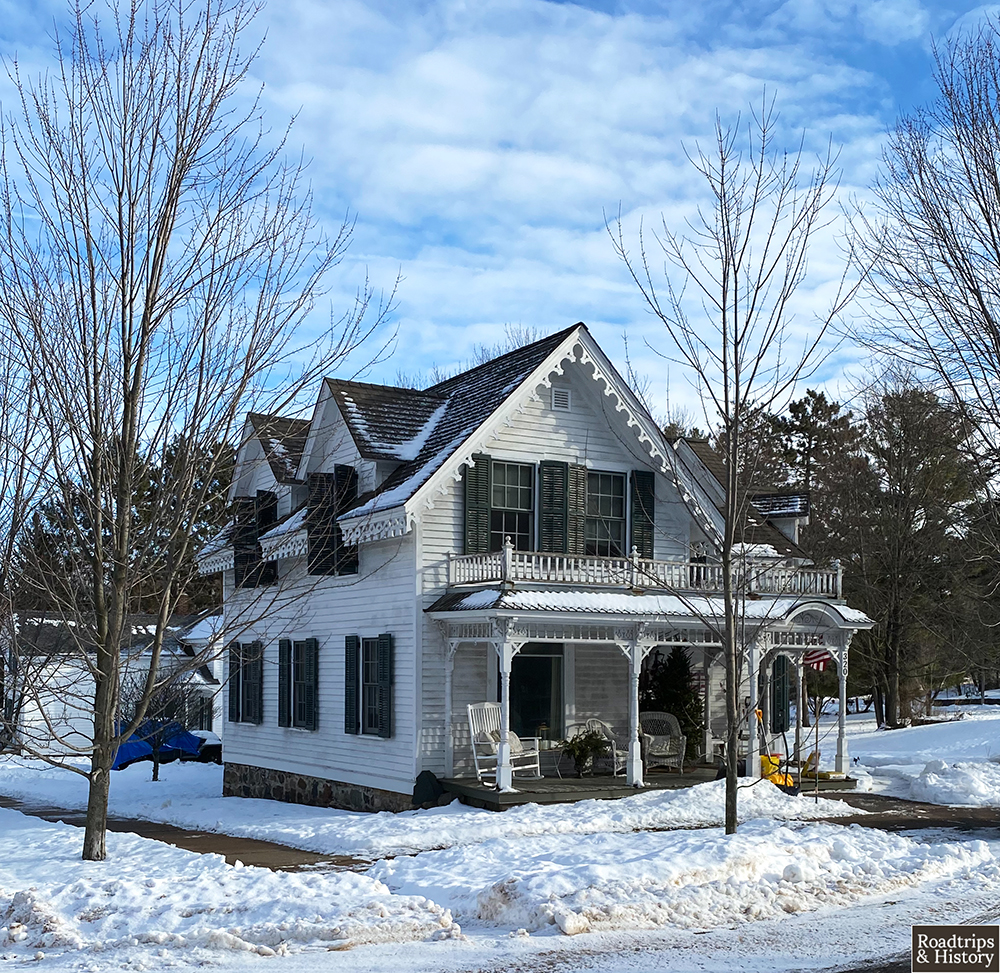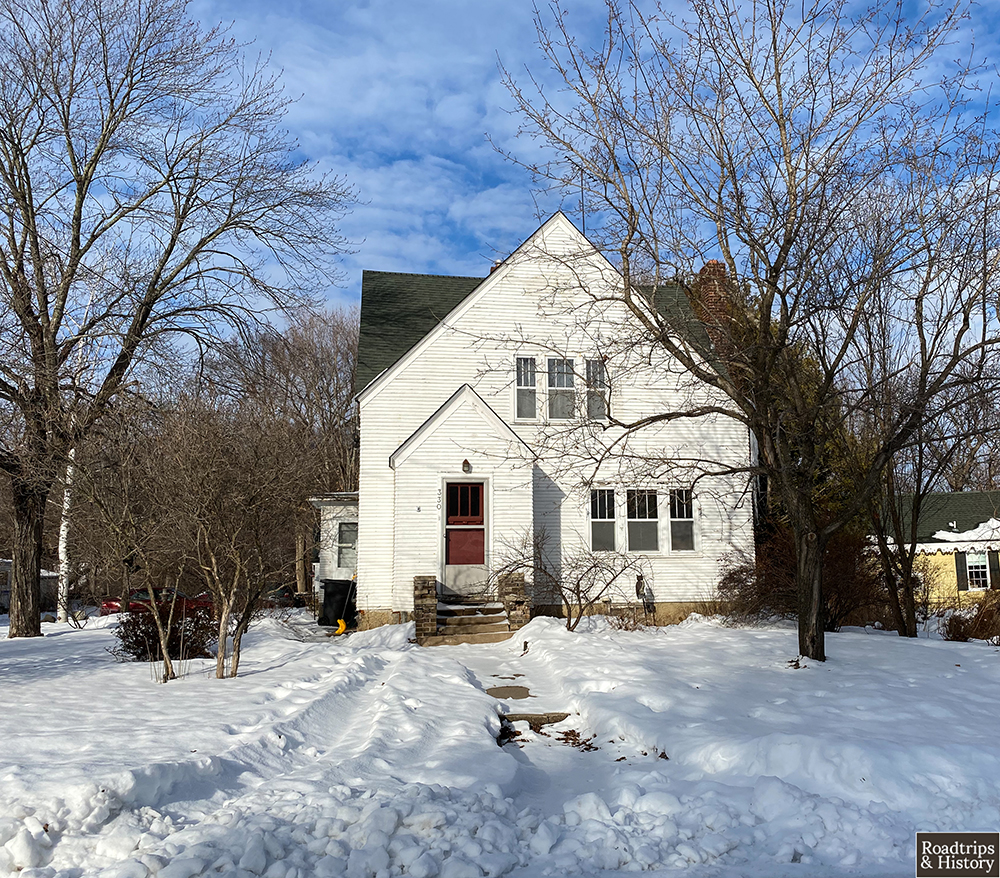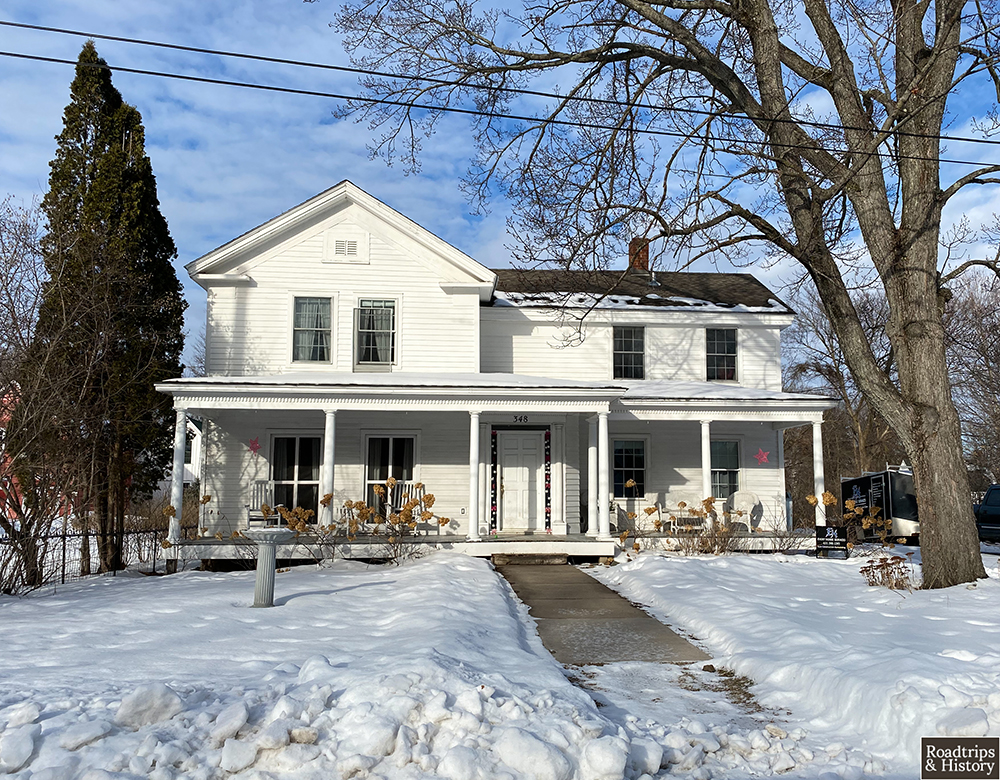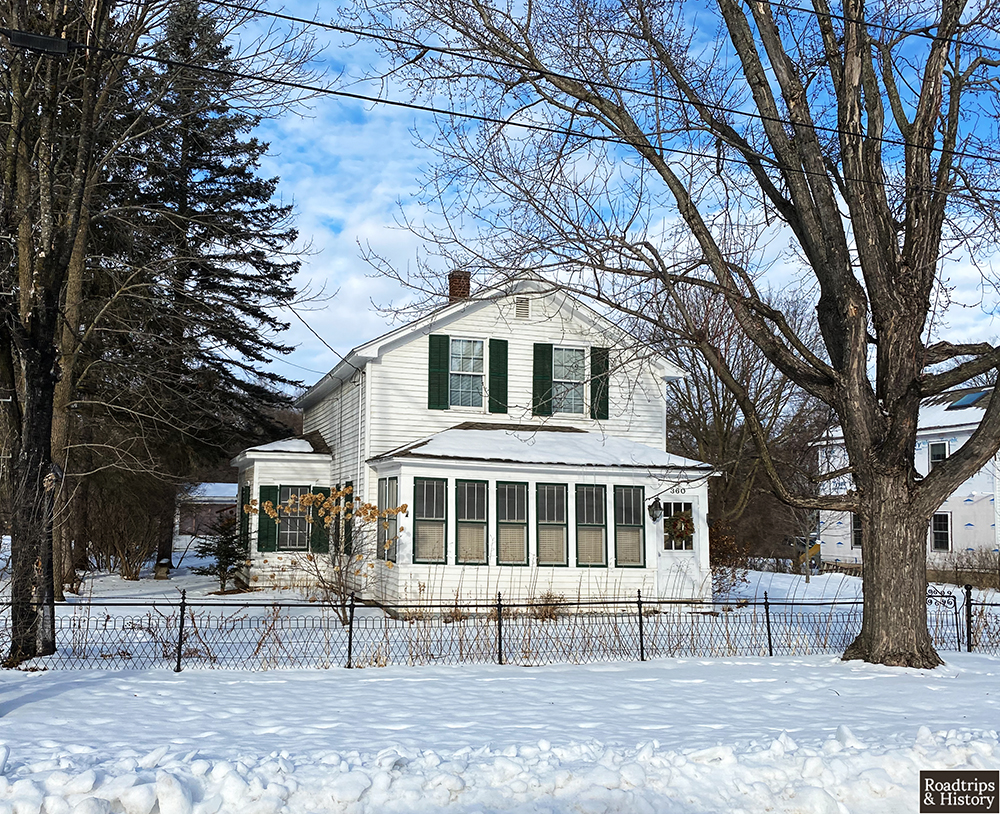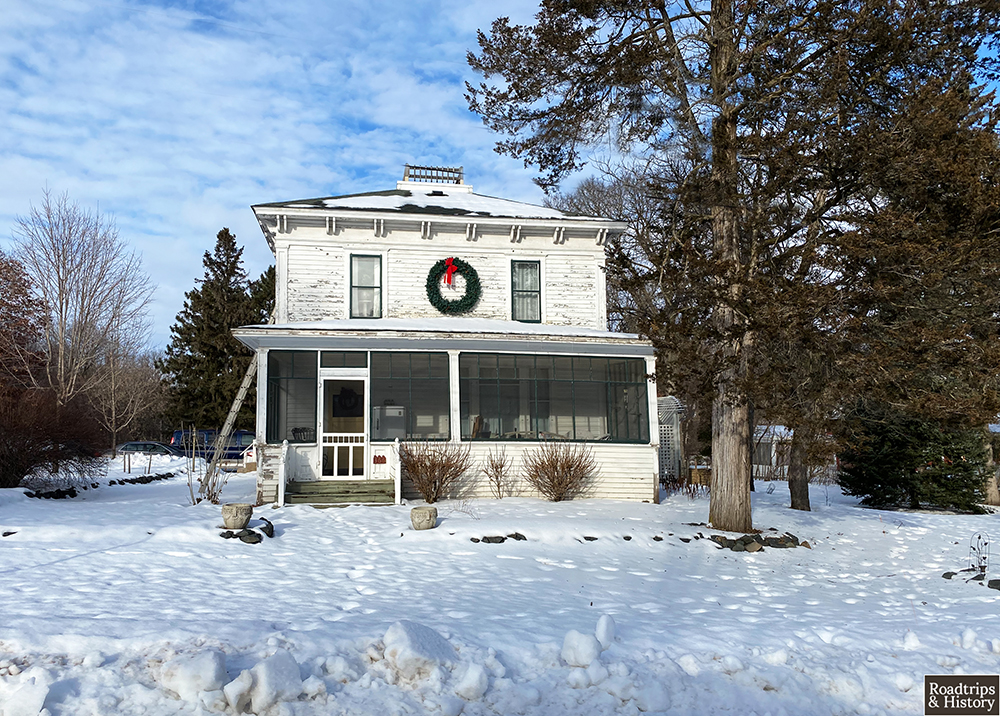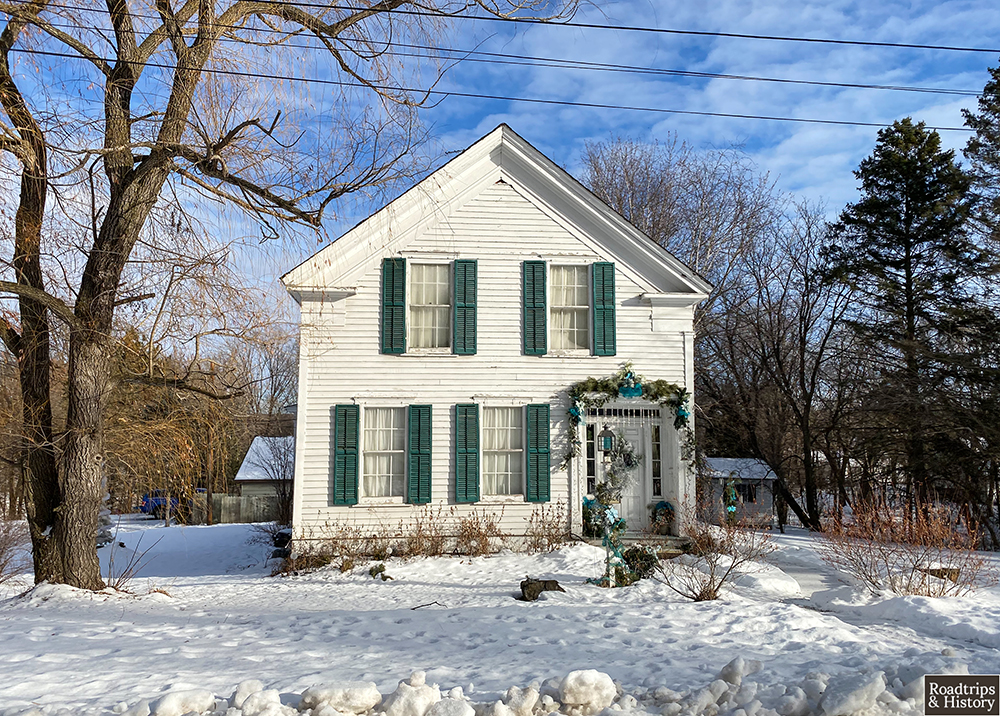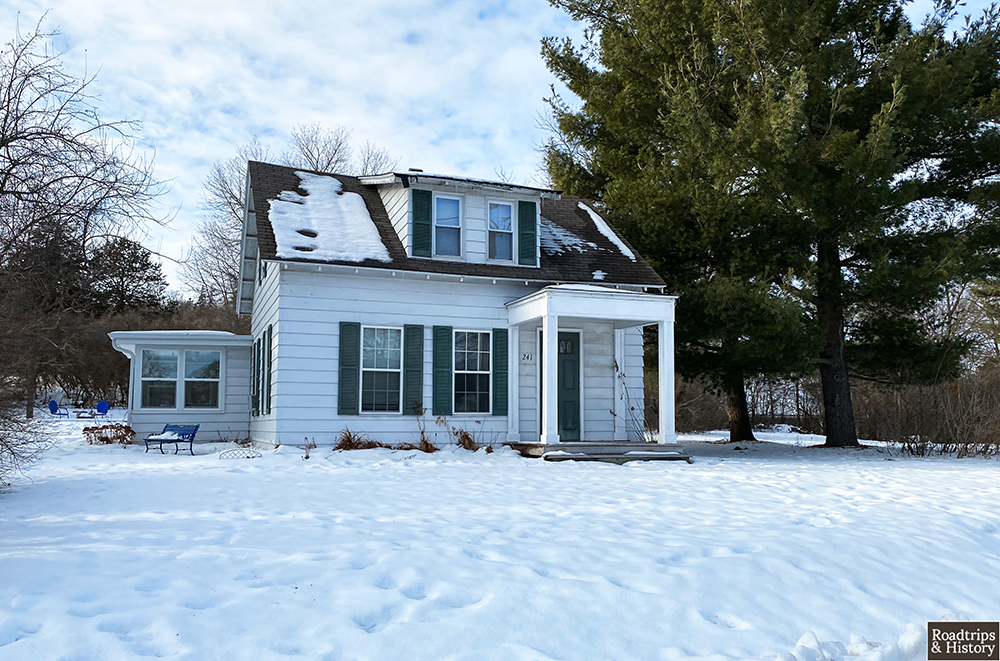The New Englanders who settled in the St Croix Valley were drawn there because of the thick, wild white pine forests that reminded them of home. They built villages that resembled the ones they grew up in and found jobs similar to those their parents had — lumber and milling.
Exploring the Angel Hill area of Taylors Falls takes us back to a time when white pine was king, lumberjacks could be found in any saloon in town, and the sawmills along the river roared seven days a week. But up the hill, it was quiet and serene.
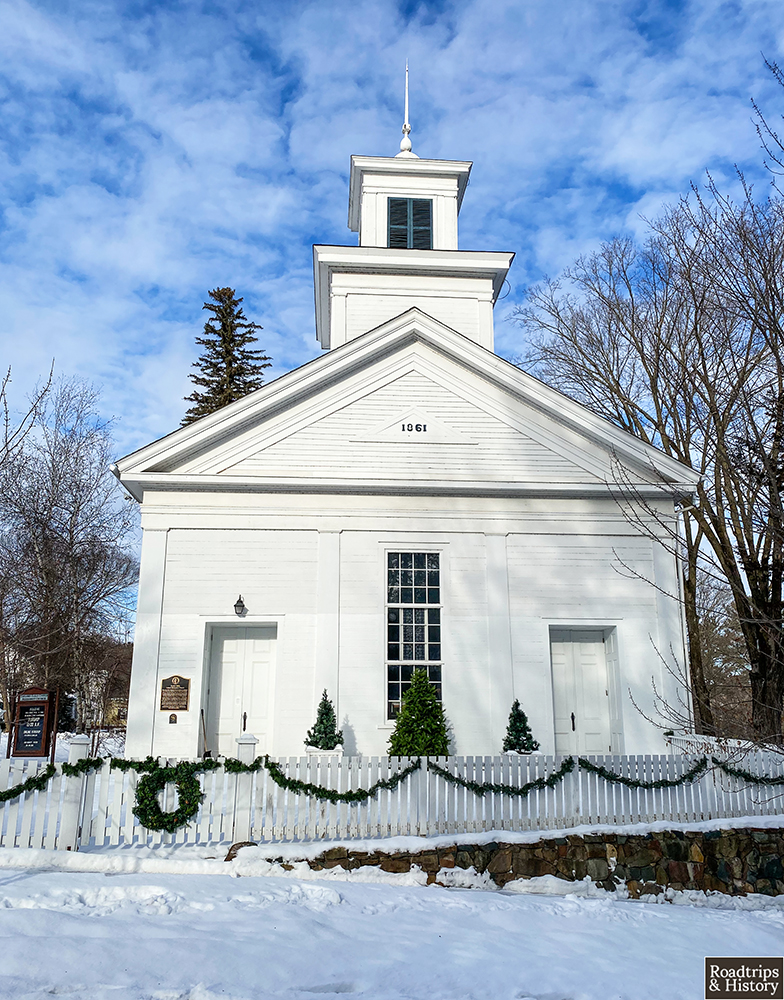
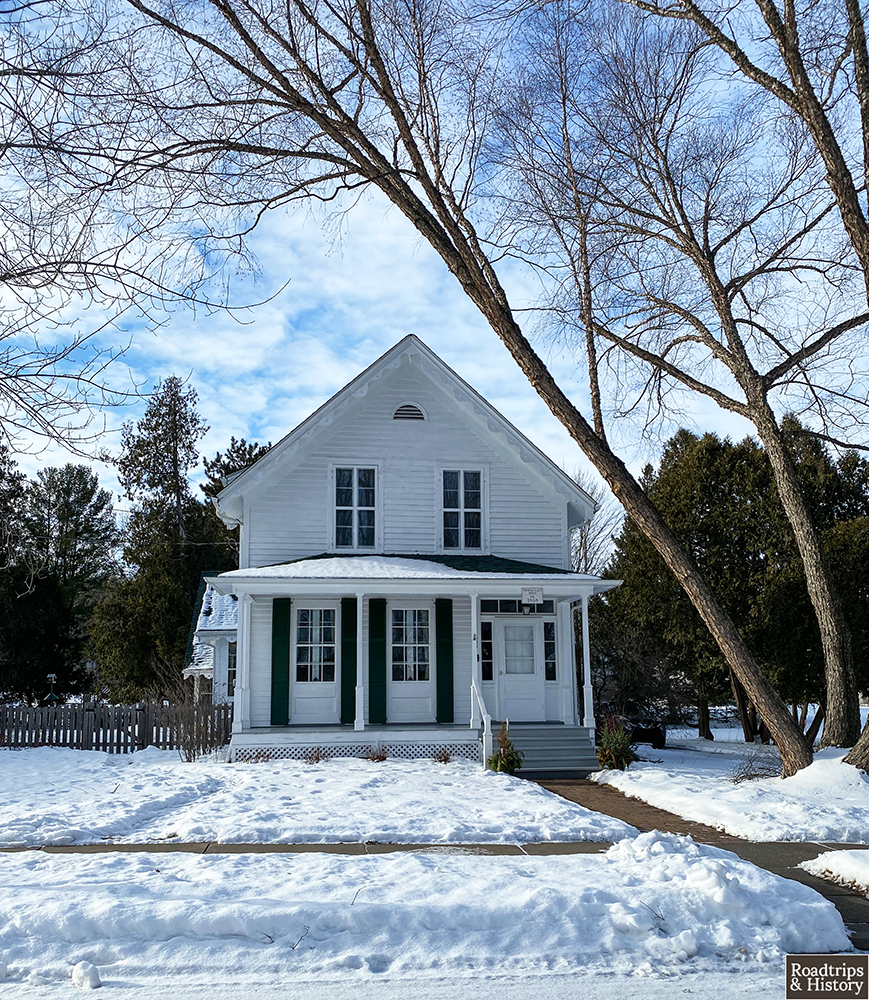
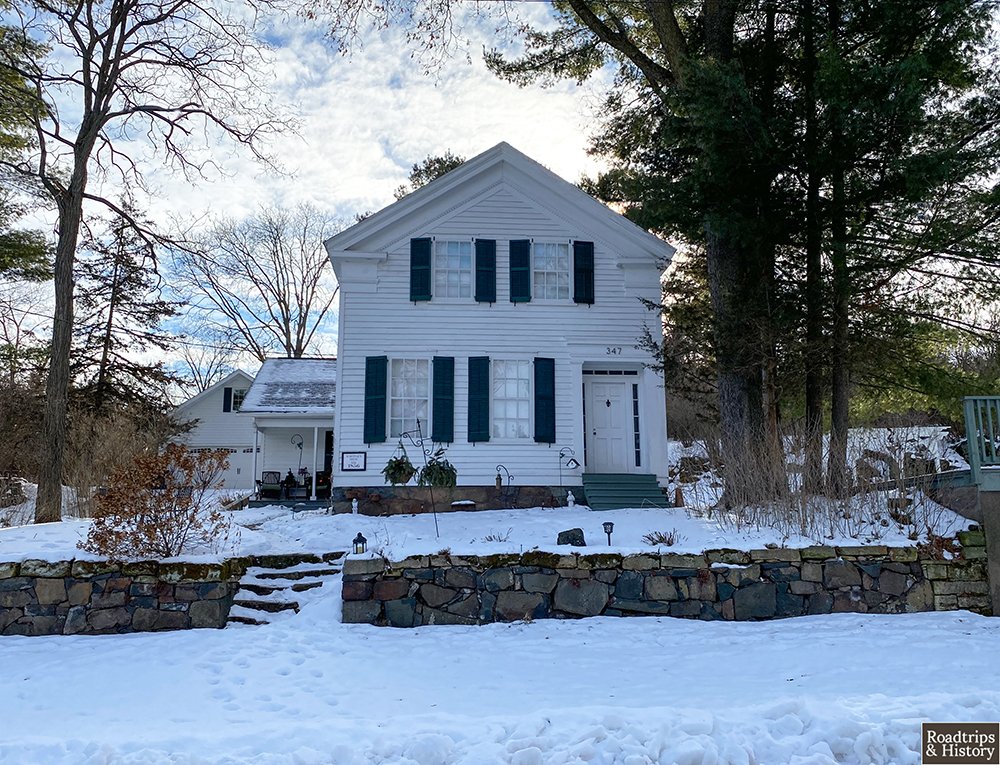
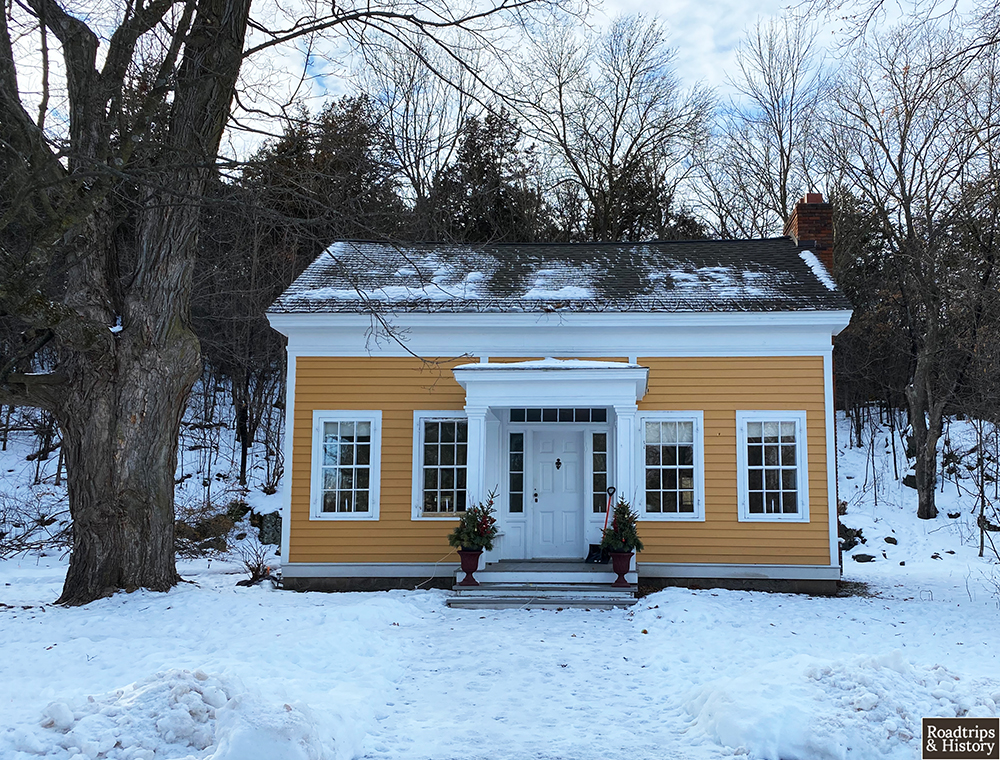
Angel Hill was purposely built apart from the booming commercial area near the river. There was a clear division between commerce and home in Taylors Falls. That separation helped the structures on the hill avoid the business district’s fate — devastating fires, dereliction once the lumber industry collapsed, and haphazard replacement of early structures to attract new businesses to town.
While the details of the buildings varied, the basics were the same. They all were constructed of white pine with white clapboard exteriors and green trim. Each was built to maximize the warmth of the sun to reduce dependency on heating materials.
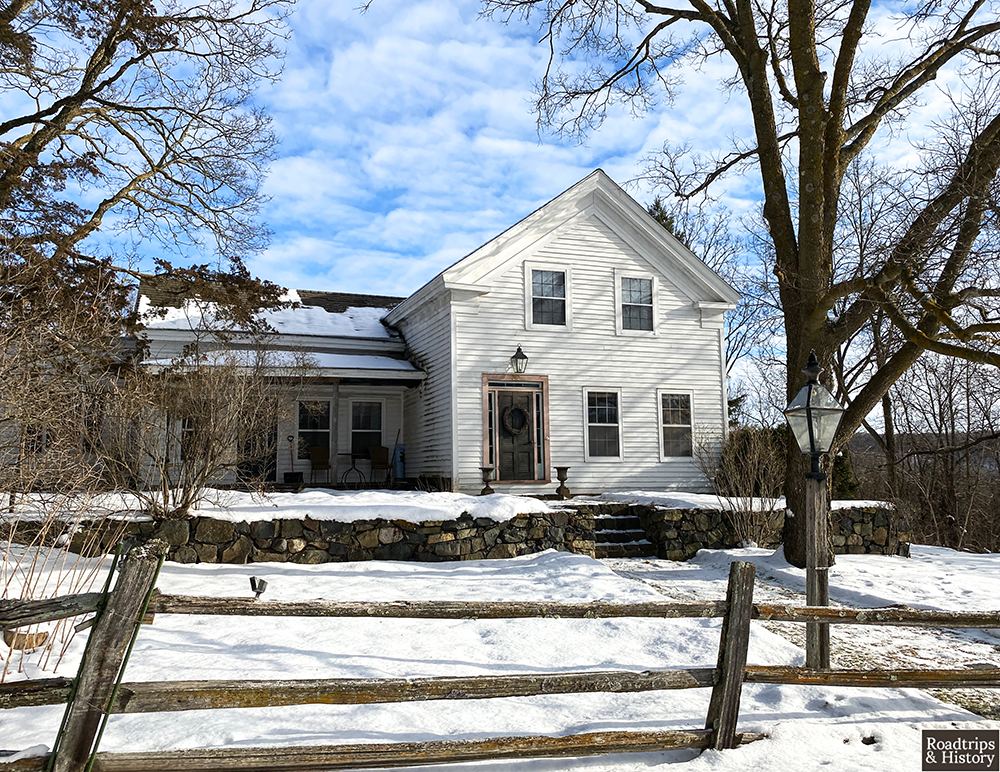
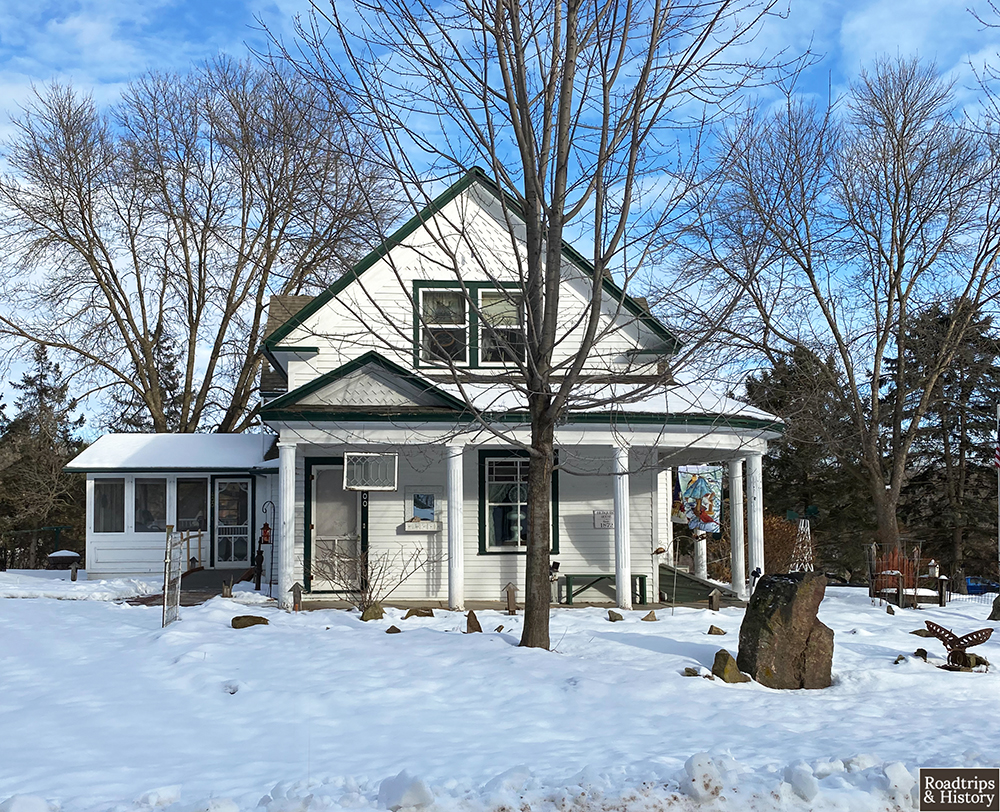
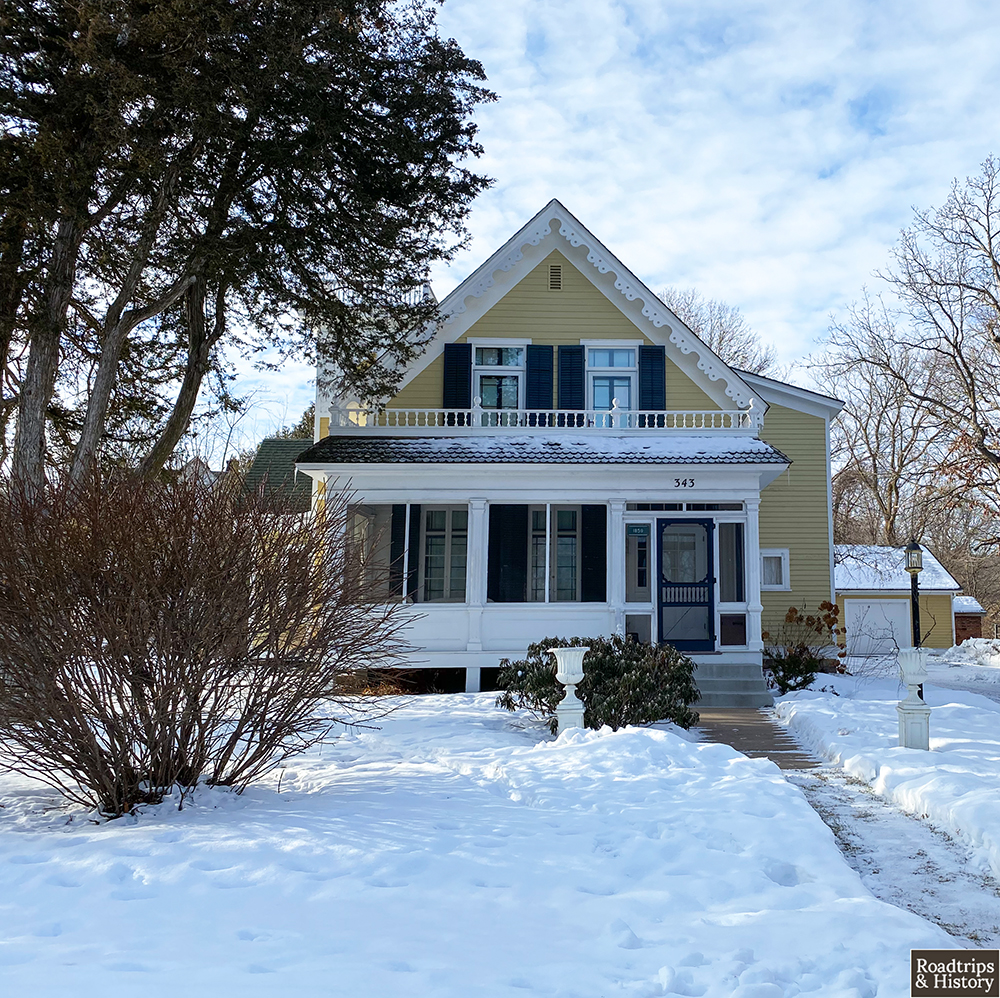
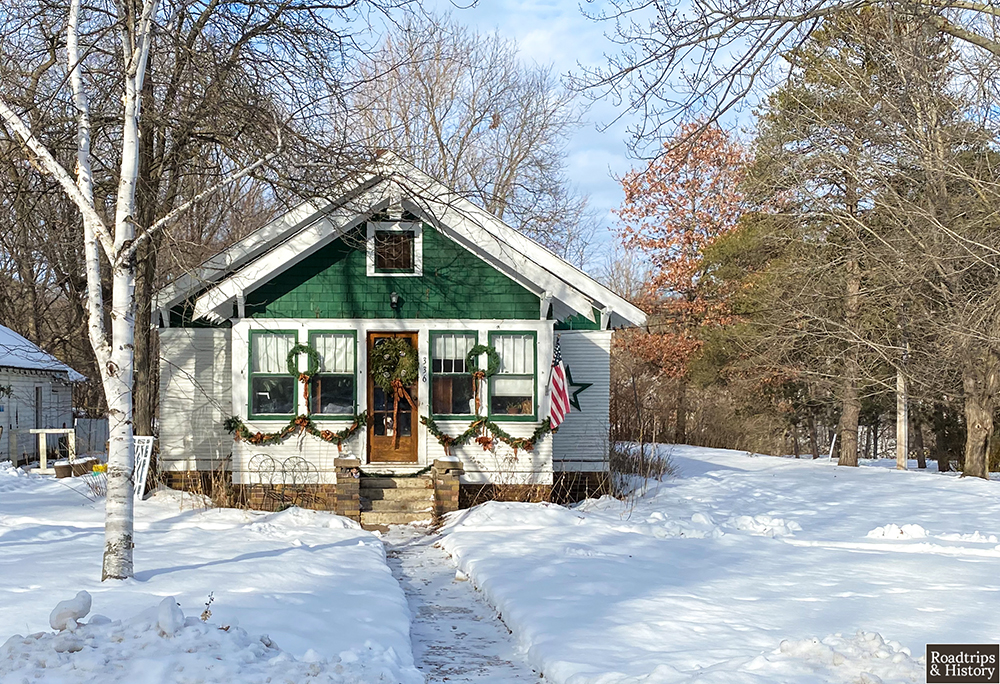
The majority of the homes were built in the 1860s. One of the earliest homes was that of lumber baron W.H.C. Folsom, built in 1854-55. Next door, the United Methodist Church was built in 1861 and is noted as one of the best examples of late-Greek Revival architecture in Minnesota.
Many of the exteriors of the houses have been altered somewhat. But if looked at as a collection, I can’t think of a better representation of northern New England-style homes outside New England. It’s a perfect spot to travel back in time and let your imagination take you to both a quaint, early 19th-century Maine village and a booming lumber town straddling the St Croix River.
